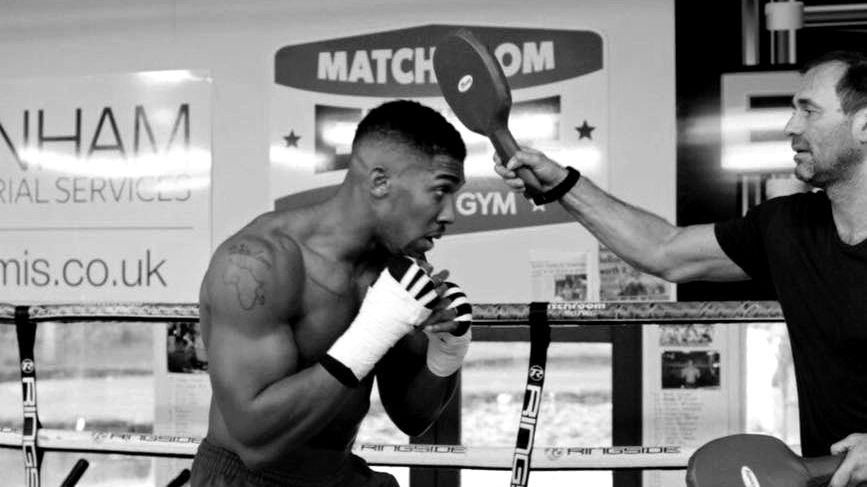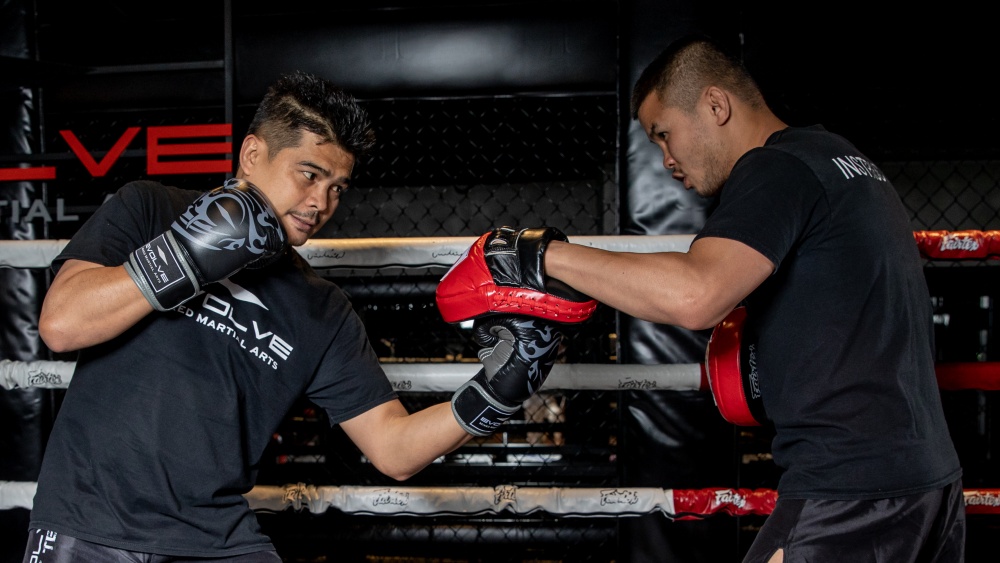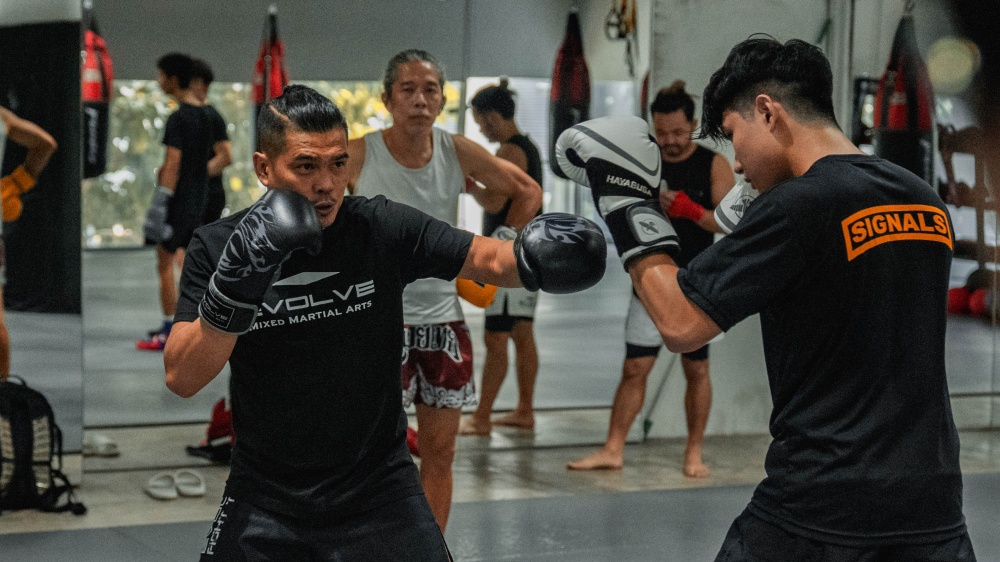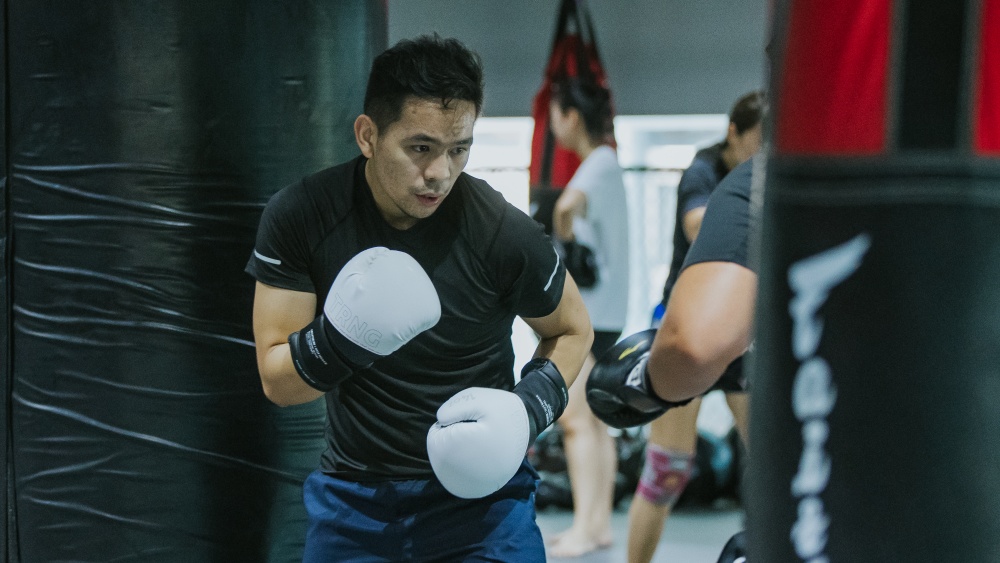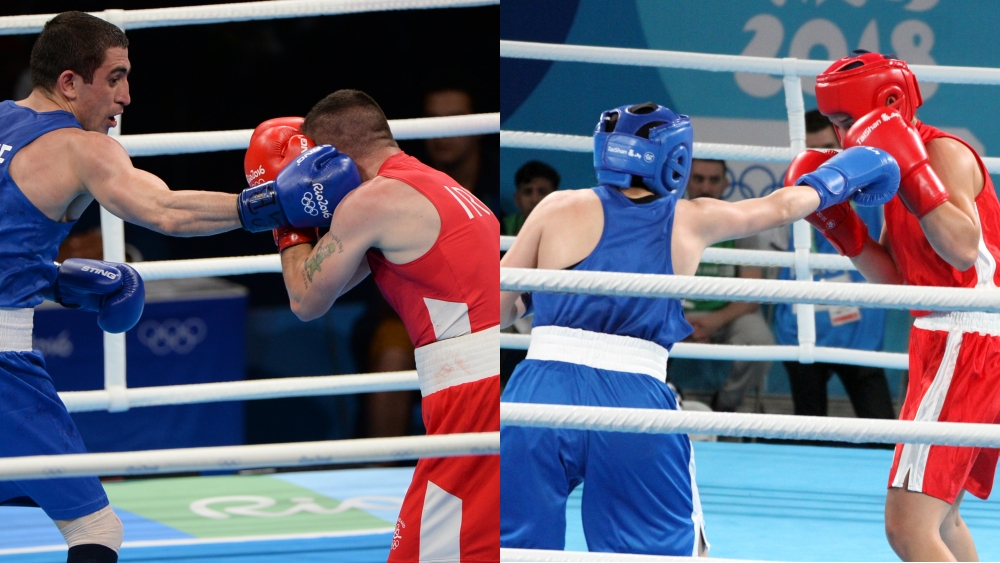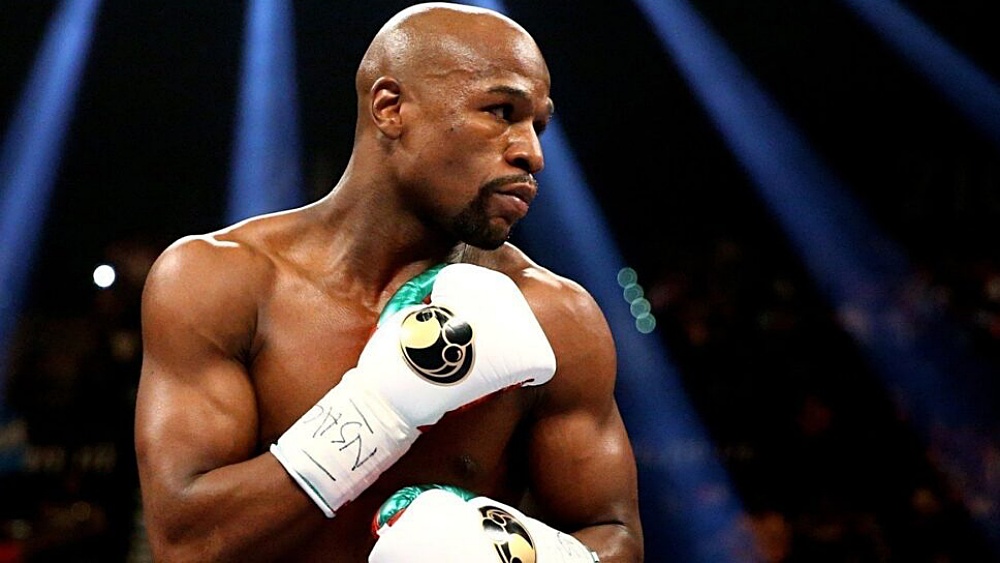Defense is one of the most important aspects of boxing. It keeps fighters out of danger when the going gets rough in the ring. Most boxers with great defense have better longevity in their careers. Of course, the name of the game is to hit and not get hit.
Some of the greatest defensive boxers in history are also the most successful, fighters such as Floyd Mayweather Jr., James Toney, Pernell Whitaker, and the late, great Muhammad Ali. These iconic boxing figures used their defense to stifle their opponents, dissect and analyze their styles, and then pick them apart.
The great part is, you too can work on your defense so that you can be as good as these legends.
So many elements go into great boxing defense. There’s hand-eye coordination, cat-like reflexes, sound fundamentals, and ring intelligence. All of these skills can be developed. With enough time in the gym, practicing and honing your skills, you’ll be a better defensive boxer in no time.
While there are many drills to practice and enhance your defense, we have set aside a handful of them that you can perform to best improve this part of your skill set. Today, Evolve Daily shares four drills you can perform to improve your defense in boxing.
1) The Basic Squat
First on the list is probably the easiest — the basic squat. But despite it being the simplest to perform, squats offer a myriad of benefits that directly enhance your defense.
Squats, of course, strengthen your lower body and your core muscles. They enhance muscle endurance and strength in both your quadriceps and calves. Furthermore, squats tighten your abdominal muscles, especially the lower abdominal muscles which are responsible for connecting your torso to your lower body.
By targeting these specific muscle groups, you gain stronger legs, and in turn, better movement. And movement is a key element of your defense in boxing.
In addition to improved footwork, stronger legs also mean you can dip lower and easier when ducking punches. Bobbing and weaving is one of the most important key defensive maneuvers in boxing defense and squats directly affect how well you perform this particular technique.
2) Jump Rope
The jump rope is another one of boxing’s essential drills, but most people don’t know what it’s really good for. Jumping rope is excellent for improving overall cardiovascular strength and conditioning, and for increasing the dexterity of your feet. It helps you build stronger legs, endurance, which of course again heavily affect your footwork in the ring.
The speed at which you move your feet is also affected because jumping rope teaches a boxer how to move his feet in synchronization with a certain speed or beat. It also comes in many different flavors and variations, each with its own level of difficulty from basic to advanced.
Begin practicing the jump rope by performing the basic two-footed jump, followed by doing one foot at a time. Mix it up well and get creative. There are so many ways to make jumping rope incredibly interesting.
Furthermore, jumping rope also deepens your gas tank and turns you into the energizer bunny. Try to push yourself to go further by getting more and more consecutive jumps without stopping.
3) Sparring For Defense
Most boxers make the amateur mistake of only sparring to practice their offense. But advanced defensive boxers actually spar at times to focus solely on defense.
Sparring is such an important aspect to boxing because it mimics the pace and feel of an actual fight. Putting yourself in real-world fighting conditions through sparring helps acclimate the body and the mind so that it can better adapt.
Guillermo Rigondeaux, multiple-time Cuban Olympic gold medalist, is notorious for sparring on a defense-only basis. As a result, his defensive technique is so sound that he’s virtually untouchable.
When you head into a sparring session, don’t try to beat your opponent during sparring. Instead, try to have your sparring partner perform his best attacks while you do your best to defend against his advances.
Lastly, it is essential that you spar with many different types of boxers, so that you can get used to defending against various fighting styles.
4) Rope Slip Drill
One of the oldest boxing drills in the book, the rope slip drill is a great way to practice head movement. Head movement is an integral part of boxing defense, and with it, you can head into the pocket confident that you will take minimal to no damage.
The only requirement to performing the rope slip drill is a rope of some sort, perhaps some spare hand wraps, so you can secure each end to the ring ropes. You can even use a long jump rope for this, you get the idea. Make sure the rope is about shoulder height, just enough for you to practice bobbing and weaving.
This drill is performed inside the ring, so as to add to the visualization of slipping punches.
Begin with your shoulder just barely touching the rope while in your defensive stance. Next, bob and weave your head under the rope to the other side. At this point, the rope should now be slightly touching your other shoulder. Perform this ducking movement as you begin to move forward and advance.
It is essential that you maintain a fluid, consistent movement all throughout as you perform this drill. Mix it up and start to move backward on the rear foot. Try to move as fast as you can but never sacrifice proper technique for speed.
If you found this article interesting, here are some others that you may enjoy:
5 Important Aspects Of The Mental Side Of Boxing
